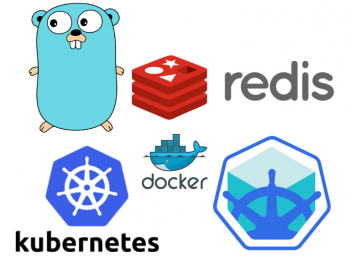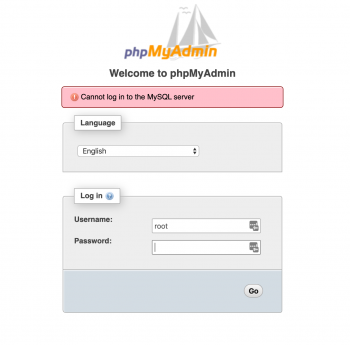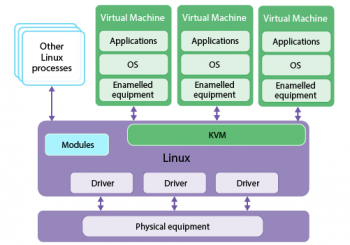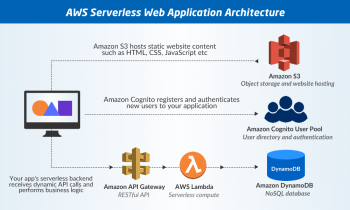Deploying PHP Guestbook application with Redis
This guide will guide you on how to Deploy #PHP Guestbook application with Redis. An effective way of Deploying PHP Guestbook application with Redis is with the use of the Kubernetes cluster.
Redis is a powerful tool for data storage and #caching.
Redis Cluster extends the functionality by offering sharding and correlated performance benefits, linear scaling, and higher availability because of how Redis stores data.
The data is automatically split among multiple nodes, which allows operations to continue, even when a subset of the nodes are experiencing failures or are unable to communicate with the rest of the cluster.
Benefits of using #Redis:
1. It is incredibly fast. It is written in ANSI C and runs on POSIX systems such as Linux, Mac OS X, and Solaris.
2. Redis is often ranked the most popular key/value database and the most popular NoSQL database used with containers.
3. Its caching solution reduces the number of calls to a cloud database backend.
4. It can be accessed by applications through its client API library.
5. Redis is supported by all of the popular programming languages.
6. It is open source and stable.
Phpmyadmin keeps asking for password
This article will guide you on tips to resolve phpMyAdmin error when it keeps asking for a password to login.
This #phpMyAdmin problem can arise due to many different reasons that include browser cache issues, using an incorrect password, drive being full, and so on.
To fix this problem, you need to reset the cPanel password as follows:
1. Login to WHM at https://<your vps ip>:20871) as user root, using the server's root password.
2. Go to 'Home >> Account Information >> List Accounts'.
3. Click on the + sign near the domain for which you want to change the cPanel password. 4. You can see an option there to change the password.
5. Select the option "Sync #Mysql password with account password" and change password.
oVirt Server unable to upload image to disk
This article will guide you on ways to resolve 'ovirt: unable to upload image to disk' error.
You can upload virtual disk images and ISO images to your data storage domain in the Administration Portal or with the REST API.
QEMU-compatible virtual disks can be attached to virtual machines. Virtual disk types must be either QCOW2 or raw. Disks created from a QCOW2 virtual disk cannot be shareable, and the QCOW2 virtual disk file must not have a backing file.
ISO images can be attached to virtual machines as CDROMs or used to boot virtual machines.
To Upload an Image to a Data Storage Domain:
1. Click Storage - Disks.
2. Select Start from the Upload menu.
3. Click Choose File and select the image to upload.
4. Fill in the Disk Options fields.
5. Click OK.
A progress bar indicates the status of the upload. You can pause, cancel, or resume uploads from the Upload menu.
KVM hypervisor How it Works
This article will guide you on how the KVM #hypervisor works. Basically, KVM is a type-2 hypervisor (installed on top of another OS, in this case some flavor of #Linux).
It runs, however, like a type-1 hypervisor and can provide the power and functionality of even the most complex and powerful type-1 hypervisors, depending on the tools that are used with the KVM package itself.
KVM (for Kernel-based Virtual Machine) is a full virtualization solution for Linux on x86 hardware containing virtualization extensions (Intel VT or AMD-V).
Using KVM, one can run multiple virtual machines running unmodified Linux or Windows images.
1. The main difference between Type 1 vs. Type 2 hypervisors is that Type 1 runs on bare metal and Type 2 runs on top of an operating system.
2. Each hypervisor type also has its own pros and cons and specific use cases.
3. Xen is better than #KVM in terms of virtual storage support, high availability, enhanced security, virtual network support, power management, fault tolerance, real-time support, and virtual CPU scalability.
4. A Type 1 hypervisor takes the place of the host operating system.
5. Type 1 hypervisors are highly efficient because they have direct access to physical hardware.
6. This also increases their security, because there is nothing in between them and the CPU that an attacker could compromise.
Litespeed vs Nginx which is more efficient
This article will guide you about LiteSpeed vs Nginx on a performance basis. Basically, LiteSpeed web server is much better in performance than the #NGINX server.
However, it has not yet gained much popularity when compared to NGINX.
1. #LiteSpeed and Nginx use an event-driven architecture.
2. Both are really good at serving static files, uses dramatically less memory and can handle more than four times more requests per second when compared to Apache.
3. HTTP/2 performance is a crucial metric for any modern web server.
4. LiteSpeed takes HTTP/2 performance seriously with improvements.
Build serverless web application with AWS lambda
This article will guide you on how to build serverless Web Application AWS #Lambda.
1. The application architecture uses #AWS Lambda, Amazon API Gateway, Amazon DynamoDB, Amazon Cognito, and AWS Amplify Console.
2. Amplify Console provides continuous deployment and hosting of the static web resources including HTML, CSS, JavaScript, and image files which are loaded in the user's browser.
3. JavaScript executed in the browser sends and receives data from a public backend API built using Lambda and API Gateway.
4. Amazon Cognito provides user management and authentication functions to secure the backend API.
5. Finally, #DynamoDB provides a persistence layer where data can be stored by the API's Lambda function.















